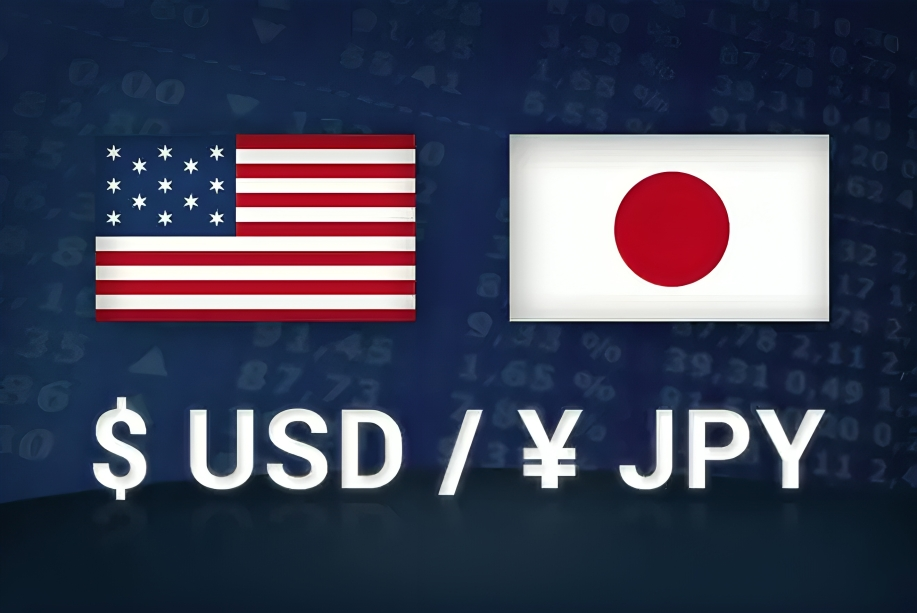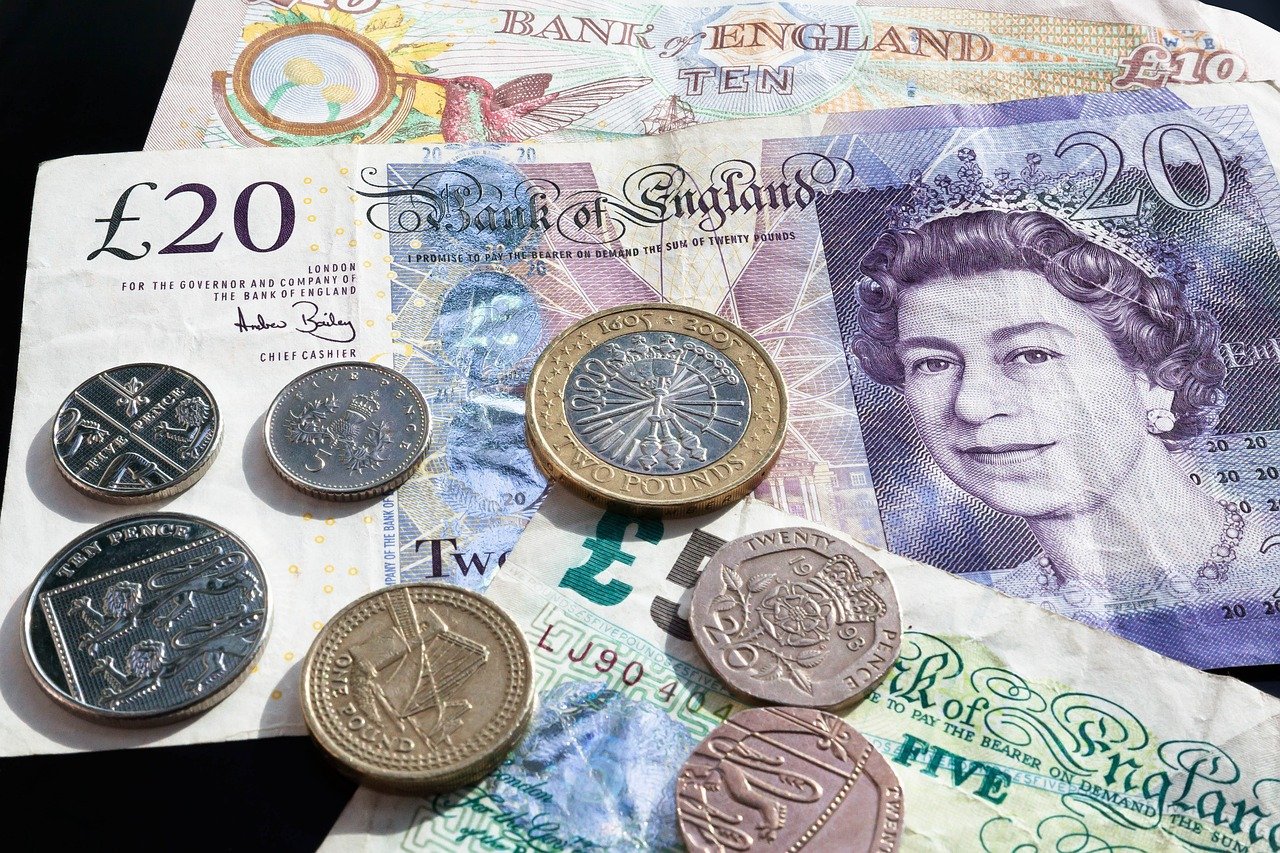EUR/GBP Drops Towards 0.8400 Amid ECB Rate Cut Speculation and Stronger British Pound
The EUR/GBP currency pair is experiencing a downward trend, with the exchange rate dropping to near the 0.8400 level during Thursday’s Asian trading hours. This movement reflects growing market expectations that the European Central Bank (ECB) may reduce interest rates in September, contrasting with the Bank of England’s (BoE) more hawkish stance. Investors are closely watching the Eurozone Retail Sales data, set to be released later in the day, which could further influence the pair’s direction.
Rising Speculation of ECB Rate Cut
One of the primary factors contributing to the recent decline in EUR/GBP is the increasing speculation that the ECB will cut interest rates in September. This potential rate cut would be the second one by the ECB since it began its policy normalization process in June. The prospect of a more accommodative monetary policy from the ECB has led to a weakening of the Euro against the British Pound.
The expectation of a rate cut is driven by several economic indicators from the Eurozone. Notably, the Eurozone’s Producer Price Index (PPI) rose by 0.8% month-over-month in July, the largest increase since December 2022. This sharp rise follows an upward revision of June’s PPI growth to 0.6% and significantly exceeds market forecasts of a 0.3% increase. While this inflationary pressure might typically prompt a central bank to consider tightening policy, the ECB’s focus on overall economic stability and concerns about slower growth may lead it to take a more dovish approach.
Eurozone Economic Indicators
Despite the significant rise in the PPI, other economic indicators from the Eurozone have been less encouraging, further supporting the case for a rate cut by the ECB. For instance, the Eurozone Services PMI fell to 52.9 in August, down from 53.3 in July. Similarly, the Composite PMI decreased to 51.0, missing market expectations and dropping below the previous month’s reading of 51.2. These declines suggest a slowdown in economic activity across the Eurozone, adding to the challenges faced by the ECB as it navigates its monetary policy decisions.
The mixed economic data creates a complicated scenario for the ECB. While inflation remains a concern, as evidenced by the rising PPI, the broader slowdown in economic activity may prompt the central bank to prioritize growth over inflation control, potentially leading to a rate cut in September.
Strengthening British Pound Amid Hawkish BoE Expectations
On the other side of the currency pair, the British Pound has been gaining strength as expectations grow that the Bank of England will maintain a more hawkish stance compared to the ECB. This divergence in monetary policy outlooks between the two central banks is a key factor driving the EUR/GBP lower.
The British Pound’s strength is supported by recent positive data from the UK economy. For instance, the British Retail Consortium (BRC) reported that Like-for-Like Retail Sales increased by 0.8% year-on-year in August, up from a 0.3% rise in July. This marks the fastest growth in retail sales in five months, signaling robust consumer spending and contributing to the belief that the BoE may not be in a hurry to cut rates.
Additionally, the UK’s Purchasing Managers Index (PMI) survey has shown encouraging results, further bolstering the Pound. The S&P Global UK Composite PMI rose to 53.8 in August, up from 53.4 in July and higher than the preliminary estimate of 53.4. The Services PMI also increased to 53.7 in August, compared to 53.3 in the previous month. These readings suggest that business activity in the UK accelerated at its fastest pace since April, reflecting a resilient economy that might allow the BoE to maintain a tighter monetary policy for longer.
Market Reaction and Future Outlook
As a result of these developments, the EUR/GBP pair has offered back its recent gains from the previous session and is now trading around 0.8420. The British Pound’s strength, driven by expectations of a slower rate-cutting cycle by the BoE compared to the ECB, has been a significant factor in this movement.
Looking ahead, traders are likely to remain cautious and wait for further economic data to provide more clarity on the future direction of the EUR/GBP pair. The upcoming release of Eurozone Retail Sales data will be particularly important, as it could influence market sentiment regarding the ECB’s next move.
In the short term, the EUR/GBP pair could continue to face downward pressure if the data supports the case for an ECB rate cut. Conversely, any signs of resilience in the Eurozone economy or a softening of the UK’s economic outlook could lead to a reversal in the pair’s current trend.
Diverging Central Bank Policies in Focus
In conclusion, the EUR/GBP currency pair is currently under pressure as market participants weigh the prospects of diverging monetary policies between the ECB and the BoE. While the Euro faces headwinds from rising speculation of an ECB rate cut, the British Pound is supported by a more hawkish outlook for the BoE. The upcoming economic data releases, particularly the Eurozone Retail Sales figures, will be critical in determining the pair’s next move. Until then, the EUR/GBP is likely to remain sensitive to any developments that could influence central bank expectations on either side of the English Channel.




